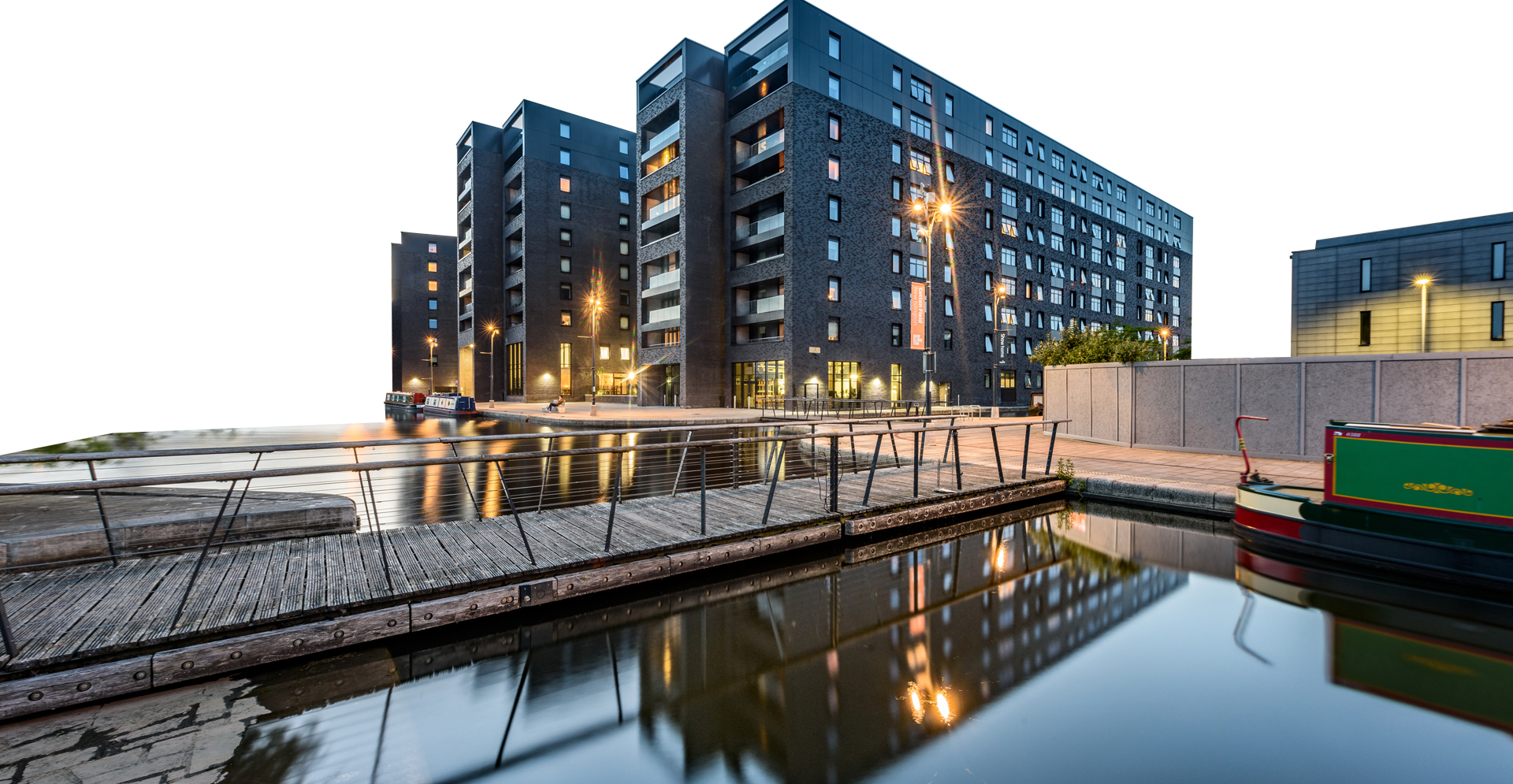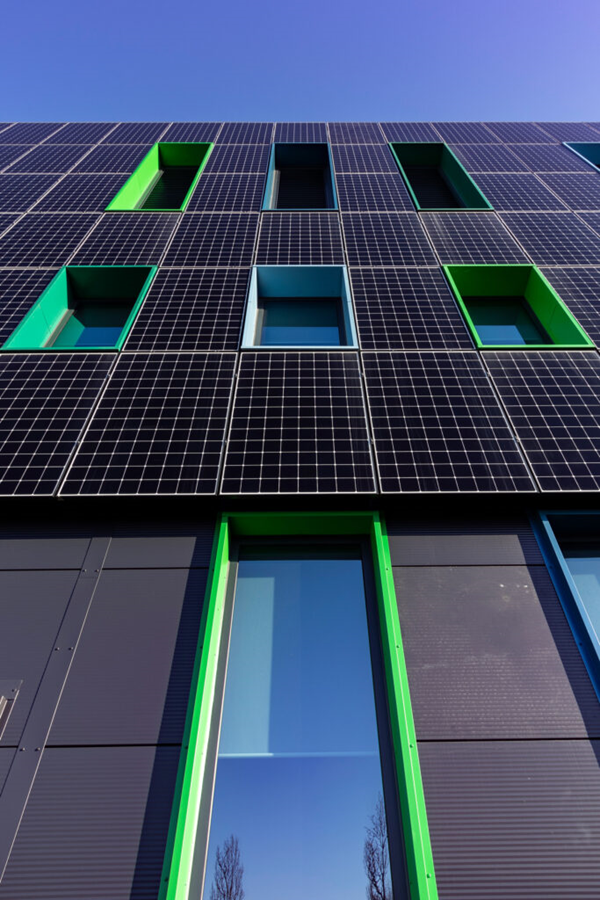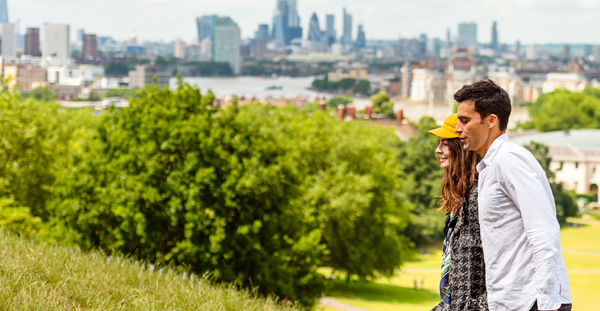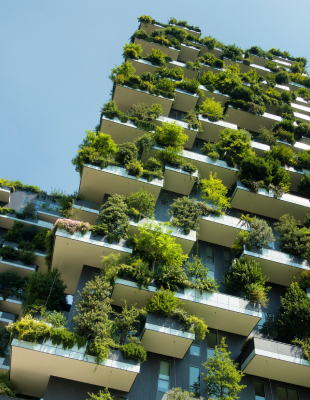Nature has always played an essential role in the human imagination and expression of the built environment. However, in 2022 the greening of our buildings and cities has taken on new meaning and purpose. For too long, we believed in unlimited natural resources and infinite habitats, and only recently have we begun to understand that the world and nature have a limit. A rapid transition from a human-centric to a nature-centric understanding must occur to prevent further damage to the planet and the environment.
Without an immediate significant reduction in emissions across all sectors, it will be impossible to limit global warming to a maximum of 1.5°C, after which it would be irreversible. We must reduce, if not prevent, all new CO2 emissions from the construction and operation of buildings, and also find ways to extract and store the carbon already in the atmosphere. Trees and plants are vital to preventing global warming as they can sequester carbon from the atmosphere. Their evaporative cooling effect and shading help prevent urban heat island effects.
The urban heat island effect refers to the difference in temperature between a city and adjacent less-developed areas. Still, it can also appear within a city context where large sealed non-vegetated regions are adjacent to a cooler, shaded urban fabric.
Cities like London, Dubai, Singapore, and Los Angeles are prime examples. Here, the hotter and drier summers resulting from global warming are amplified by heat island effects. Some reports cite that these cities can be up to 10 degrees warmer than neighboring rural areas. The warmer climate can present problems for the elderly or those with health conditions.
To combat this, we need to envision a built environment that promotes an ecological balance (sustainability) and, most importantly, a restorative approach that gives back to the earth what was taken from it (regenerative).
Bringing vegetation into our buildings and cities isn’t just about sequestering carbon. They have a positive effect on our health and well-being. A study by epidemiologist Dr. Payam Dadvand (Centre for Research and Environmental Epidemiology in Barcelona) in 2015 showed how green spaces directly affect the cognitive development of primary school children. Illustrating how each increase of landscaping in the environment over one year leads to a five percent improvement in the short term or working memory development. Inner-city landscaping also encourages active travel and physical exercise.
Lessons from London
London is a leading example of greening, with over eight million trees and 3,000 parks. Reports show that trees cover 21% of the area of the city. The recent urban rewilding trend promotes biodiversity, clean air, physical and mental well-being, and active travel. The establishment of rainwater gardens and butterfly corridors and the reusing of brownfield sites and existing structures all focus on renewal and restoration.
While many steps point in the right direction, much must be done on the ground below the tree canopies. Asphalted or paved areas can account for 50% or more of the total area of a city. Concrete and petroleum-based asphalt have a significant carbon footprint. More recently, in Development are CO2-reduced alternatives such as CO2-reduced concrete, Greenbloc, or a warm-laid alternative for asphalt.
London’s large squares, streets, roofs, and urban infrastructures remain heat islands. Perhaps the most recognizable example of this in London is Trafalgar Square, a mass of grey concrete and tarmac surrounded by busy roads with little greenery. However, it was highly encouraging to see it transformed in April this year for a day with a ‘green blanket’ to help raise awareness of rewilding.
A newer example is the King’s Cross redevelopment area opposite Google. While often celebrated as a great example of placemaking and regeneration, its uniform makeup does little to address these concerns, with artificial grass on its steps that, although green, brings no benefit.
This issue is acknowledged broadly. The London Assembly notes that ‘through planning policy, we are managing heat risk in new developments as well as increasing the amount of green space and vegetation to play a part in cooling the city.’ Aligned with this, we see positive, tangible shifts in urban design across London. We should ultimately call ourselves lucky to have many well-maintained gardens, parks, and ever-increasing green initiatives.
One significant example is the Canary Wharf Estate, a historically grey, dense area of London undergoing significant green improvements. Today, it offers around 20 acres of landscaped parks, gardens, and squares and 70,000 new seasonal plantings annually. The recent arrival of the Crossrail Place Roof Garden, one of London’s most significant, further reiterates this commitment to greening up, providing peaceful spaces for inhabitants and visitors, and helping to minimize the heat island effect. Paddington is another excellent example, home to its expansive green wall and canals and a collaborative strategy from the various landowners to make positive change.
The London Energy Transformation Initiative (LETI) sets out measures to help convert London’s built environment to Net Zero Carbon. The Urban Greening Factor (UGF) is another tool used to assess the quality and quantity of urban greening. It enables and encourages essential developments from the start of the planning process to determine how much urban greening to incorporate as a fundamental element of the site and building design and how to meet the London Plan Policy G5 Urban Greening.
Urban Greening
Green space can act as a carbon sink, offsetting some of the carbon accumulation in urban areas with significant sealed surfaces such as sidewalks and buildings. Plants benefit human health through their ability to reduce noise pollution and remove pollutants, including ozone. This has a direct impact on improving the health of city dwellers. According to some studies, only one square meter of green roof offsets a car’s annual particle matter emissions.
Green is good for the environment and creates added value, improving the quality of life and the neighborhood. Greening strategies positively impact highways, communities, and productivity while increasing the value of businesses and real estate.
Another common aspect is so-called urban agriculture or roof farming. Urban farming has a positive impact on the social and emotional well-being of individuals and communities and the environment. There is so much unused roof space in London and in cities across the globe to use for cultivation. Locally grown food can help reduce the energy consumption of transportation.
This renewed focus on urban greenery neatly leads to the concept of biophilia, defined as the ‘innate human instinct to connect with nature and other living beings.’ From an architectural point of view, the principle of biophilic design centers around connecting people and nature, bringing elements of our natural world into the built environment, such as natural light, water, plants, natural materials such as wood, and stone, the feel of textures, patterns, and shadows.
Biophilic design does not need to be complex and expensive. Ultimately, it’s straightforward; we need to provide nature with the unsealed space it needs to live and thrive. Trees and plants are marvels of structural performance, functional efficiency, and carbon sequestration. Maybe buildings could become like trees.

Inside Out
Looking at interior design, we know that retail environments and shopping, for example, is a highly emotional experience, and the look and feel of a store has a tangible impact. Integrating biophilia, which brings natural comfort, into the design can create a stand-out destination where people want to stay for long periods. Designing spaces to include water features, trees, and semi-tempered and open landscaped areas can create an environment that delivers the psychologically calming effects of nature and is proven to attract people and lengthen dwell time.
By designing climate positive and sustainable buildings that amplify the connection to nature, we can make great change in our cities.






